By Josh Wayner
Gun writer, Josh Wayner, reveals the results of his 9mm velocity trial.
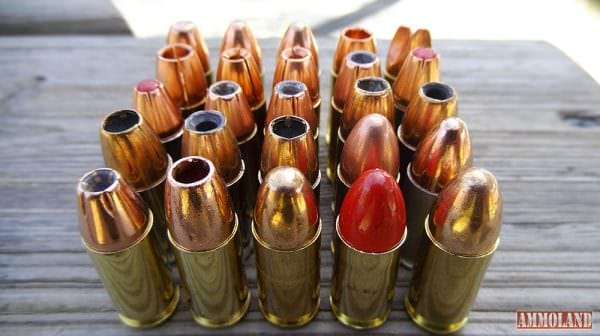

U.S.A. –-(Ammoland.com)- Ever since I first mentioned doing a .45 ACP muzzle velocity article, people have been asking me if I would do a follow-up with the 9x19mm. It didn’t take much to convince me. What seemed like moments after making my calls to get .45, I was again on the line with several of the same fine companies to acquire some 9mm.
I’d learned that doing 33 separate factory loadings in four pistols in the same conditions was a tall order to fill. Believe it or not, hours of chronograph work and loading magazines can get exhausting. I decided to further streamline my test by using three pistols from the same manufacturer. In my .45 version of this test, I ended up with three Sig pistols and a Smith and Wesson. For my 9mm velocity test I would use only Glock pistols.
My test pistols came in the uniform shape of a Glock 43 (3.39”), Glock 19 (4”), and Glock 34 (5.3”). These three pistols offered me a large variance of length along with the consistency of rifling type and 1:9.84” twist rate. The 25 loads tested characterize a spectrum of what is available today at retail and have representative samples from the least expensive range ammo to the most advanced self-defense loads made for the 9mm round.
Testing conditions were 50 degrees Fahrenheit with full sunlight. Rounds were fired over an Oehler 35P chronograph at a distance of five feet from the muzzle. The velocities displayed are an average taken from six readings. Due to the large amount of information gathered in this test, standard deviation and high/low velocities are not shown. This is meant to give a clear and uncluttered picture to the consumer or end user in regard to what is currently available off the shelf. All loads and pistols are available commercially at the time of this writing.
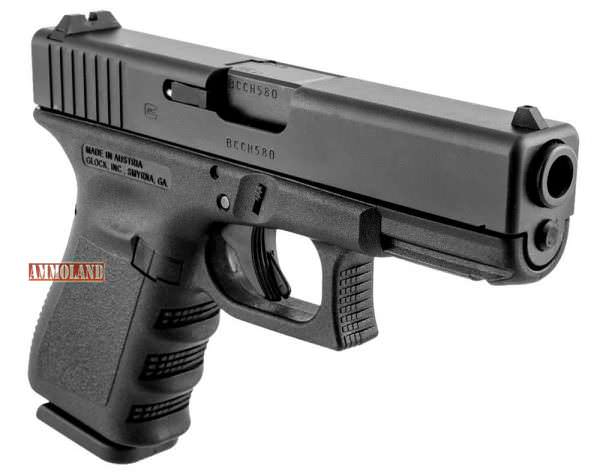
So what did I learn from the 9mm Velocity Test?
As you can see from the data, the 9mm is heavily impacted by barrel length. This stands in contrast to the results from my .45 ACP test, which was relatively unaffected. Across the spectrum, the .45 had no discernible or predictable muzzle velocity reading between barrel lengths with the shortest length often outpacing the longer ones. The 9mm had a very distinct and predictable ‘step’ in every load tested. The Glock 43 offered the slowest MV with any given load, the Glock 19 always brought up the middle, and the G34 achieved the highest numbers.
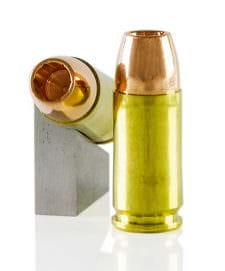
I found this interesting as I was expecting certain loads to perform better in certain barrel lengths. I have found in my many years and many hundreds of thousands of rounds spent that longer barrels aren’t always more accurate or faster given a set of loads or controls. What miffed me most about this test was that the gains across barrel lengths were essentially predictable. The velocity gains experienced were so unsurprising that I found that I was able to guess before looking at the chronograph by the time I was shooting the Glock 34.
The consistent data is wonderful, but it made for a rather boring graph when it was all said and done.
The stand-out loads among those that I tested are again from Lehigh Defense. Not only are the Lehigh loads the most visually appealing due to their artful machining, but they ranked the highest in uniformity and had some of the lowest SD (standard deviation) of anything tested. The Lehigh Defense 70gr HERO loading exited the muzzle at a staggering average of 1784fps from the G34 and only lost 234pfs going down to the minute G43, which works out to only 15% loss. The Federal 147gr Hydra-Shok JHP had a total velocity average difference of only 54fps across barrel lengths and a total loss of 5.5%
Something I noticed was that the percentage of loss among all nine millimeter loads between extremes in length was approximately 10%. Using this reasoning, you really don’t lose much between a pocket gun like the Glock 43 and a full-size Glock 34. This is a valuable consideration to those who want one load across the board for their carry gun and duty rig. It is also something to consider when deciding on a load to purchase that you know will be used in a variety of pistols for a variety of purposes such as IDPA or 3-Gun.
9×19 Ammo Data Spreadsheet
9×19 Ammo Data Graph
Thank you to the following 9 mm Ammunition Manufactures for their support in this exhaustive 9mm velocity test.
- American Eagle : https://www.federalpremium.com/ammunition/handgun/caliber/45-auto
- Black Hills Ammunition : https://www.black-hills.com/shop/new-pistol-ammo/45-acp/
- Blazer Ammo : https://www.blazer-ammo.com/
- Buffalo Bore Ammunition : https://www.buffalobore.com/
- Federal Premium Ammunition : https://www.federalpremium.com/
- Hornady Manufacturing : https://www.hornady.com/store/45-Auto/
- Lehigh Defense : https://www.lehighdefense.com/
- SIG SAUER Ammunition : https://www.sigsauer.com/products/ammunition/
- Speer Ammo : https://www.speer-ammo.com/products/golddot.aspx
About Josh Wayner:
Josh Wayner has been writing in the gun industry for five years. He is an active competition shooter with 14 medals from Camp Perry. In addition to firearms-related work, Josh enjoys working with animals and researching conservation projects in his home state of Michigan.

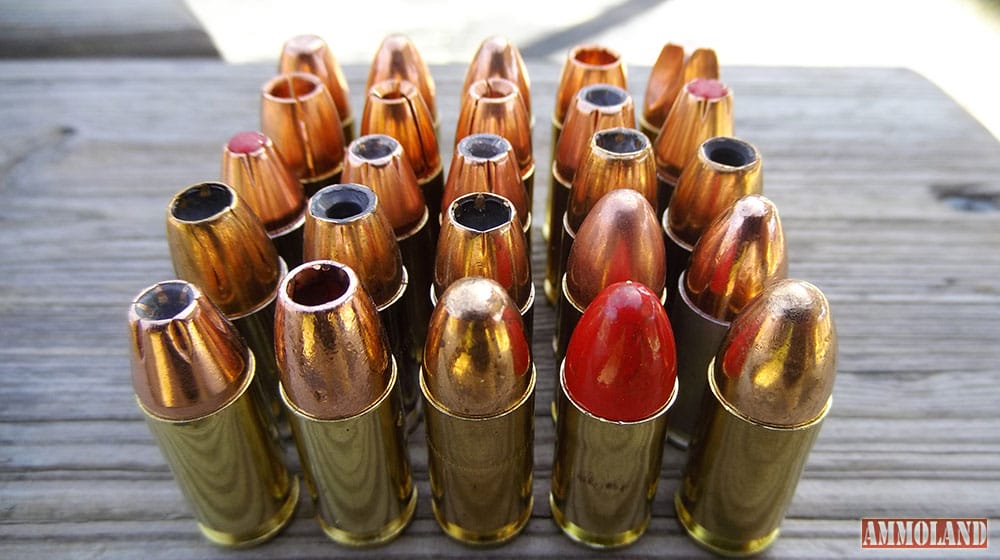
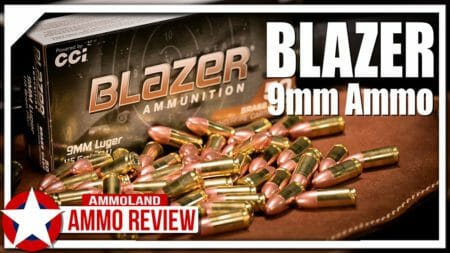
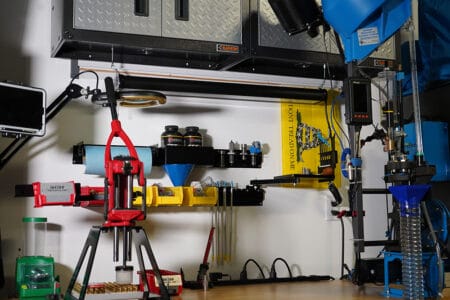




I can tell you from my experiences the hotter the ammo the more difference between barrel lenghts especially the 5 & 10″
were can i get a job like yours, just shooting
I am looking at building a 9mm in AR platform and would be interesting to see the difference between a 5″, 7.5, 8.5″, and 10.5″ barrel length to see if there in much increase in the velocity.
Wish you had more ammo brands like in the 45 acp test you did. Wonder what would be the longest barrel before a 9mm starts dropping speed.
This testing is very valuable to many 9 mm shooters. I know it would have been a lot more work but I was slightly disappointed that you did not include the Glock17 with the 4.6 inch barrel. The G 17 is probably the most carried pistol in American LE. Few people carry the G 34 however which is usually used for competition shooting. I am certain that many readers would be interested in seeing the difference between the G 19 and G 17 velocities. Everyone I know who carries a 9 mm including most LE officers use +P ammo. I… Read more »
I guess now it’s time to do the same with .380, with all the advances in ammo technology and proliferation of .380 pistols for concealed carry. My Browning 1911-380 actually has a longer barrel than my Kimber 1911 Ultra CDP. And Federal claims that their new Hydra-shok Deep in .380 consistently meets FBI standards for penetration, expansion, and weight retention. I’ll be anxiously waiting to hear your findings.